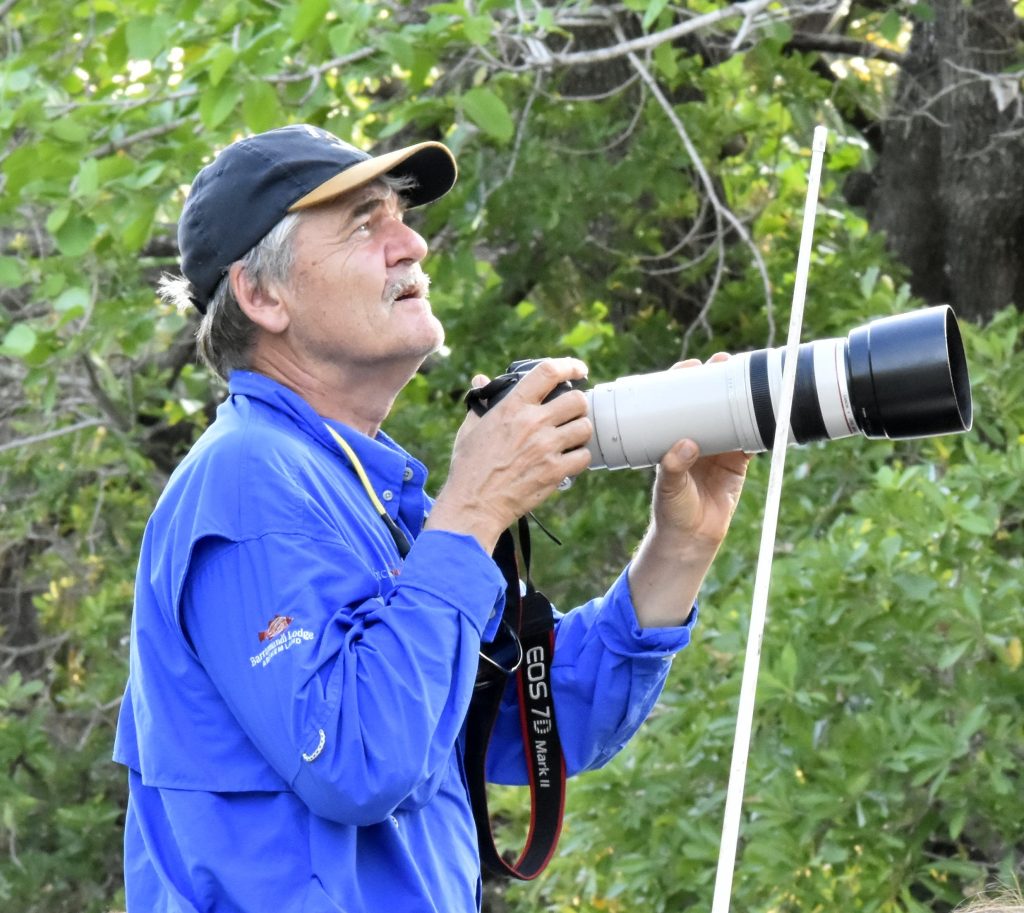Join us for the first of the public quarterly talks for the year on March 25th
Kenmore Library (access via lift)
Time: 6:30pm arrival for, 7:00 pm start (~9:00 pm finish)
Refreshments provided
Birds and Eucalypts of Gap Creek Reserve environs
Richard has been monitoring the birds and flowering phenology (timing) of nectar-bearing trees at more than a dozen sites in Southeast Queensland almost every month for 12 years. In this presentation he will summarise his findings for the vicinity of Gap Creek Reserve in the western part of Mt Coot-tha Forest, which lies in the north-east corner of Moggill Creek Catchment. From May 2012 to March 2017, he recorded 91 bird species, though 13 of these were recorded once or twice only. Six of the 7 most frequently recorded species were honeyeaters, which accounted for almost a quarter of all records. The numbers of birds peaked in March and early winter, and were lowest in summer, reflecting the migration of honeyeaters to and from southern states.
Ironbarks are the commonest eucalypts in the area with three species replacing each other according to altitude, and flowering mainly during winter and spring. Spotted Gums are the second commonest eucalypts, with the summer-flowering Large-leaved (Henry’s) Spotted Gum Corymbia henryi replacing the more widespread winter-flowering species (C. citriodora) at lower altitudes. However, the species attracting the largest numbers of nectar-feeding lorikeets and honeyeaters is the autumn-flowering Gum-topped (Grey) Box, which within Mt Coot-tha Forest, occurs only on the ridges fringing the western edge adjacent to Brookfield. As these nectar sources are vital to both migratory and resident nectar-feeding birds, local community groups could make a valuable contribution to understanding the impact of climate change on flowering seasons by regular monitoring of eucalypts.
Richard Noske’s Bio
Dr Richard Noske obtained a PhD from the University of New England, NSW, and was a Senior Lecturer in Biology at Charles Darwin University (CDU), Northern Territory, for 26 years. Soon after moving to Brisbane in 2010, he joined Birds Queensland (BQ) and served as its President from 2012 to 2016. He was actively involved in the production of the educational website Our Local Birds and currently serves on committees for BQ Research Grants and Protect the Bush Alliance. In addition to three books, a dozen book chapters and numerous non-refereed articles, Richard has authored or co-authored 150 peer-reviewed journal papers, mostly concerning the behaviour and ecology of tropical birds of Australia and Indonesia. He was Chief Editor of Indonesian bird journal Kukila for 20 years and has been Chief Editor of BQ’s journal Sunbird since 2019. Richard has guided many bird tours in northern Australia and Papua and has worked with Japan’s NHK TV on three bird documentaries.
In person – After Hours Library Meeting Room Access Instructions:
Kenmore Library, 9 Brookfield Rd, Kenmore QLD 4069
The after hours lift access will be activated manually by Committee prior to the meeting.
Use the lift on the ground floor to come up the Library level.
Meeting Rooms are down the hall (left from the main library glass doors)


